Southeastern Geographer 8th Annual Cover Art Photo Contest
Each issue of the Southeastern Geographer includes a front-cover photograph of the American South by a SEDAAG member accompanied by a short essay. As part of its annual photo contest, the Southeastern Geographer will hold a virtual photo contest to select potential covers for its four issues. The photos will be displayed on the SEDAAG Website and voted on by conference attendees via a Google Form. Attendees will be asked to vote by midnight on Sunday, November 19th. The results will be announced at the SEDAAG Awards Ceremony.
See the entries below and vote: https://msuas.co1.qualtrics.com/jfe/form/SV_dcGgLZihe04aJjo

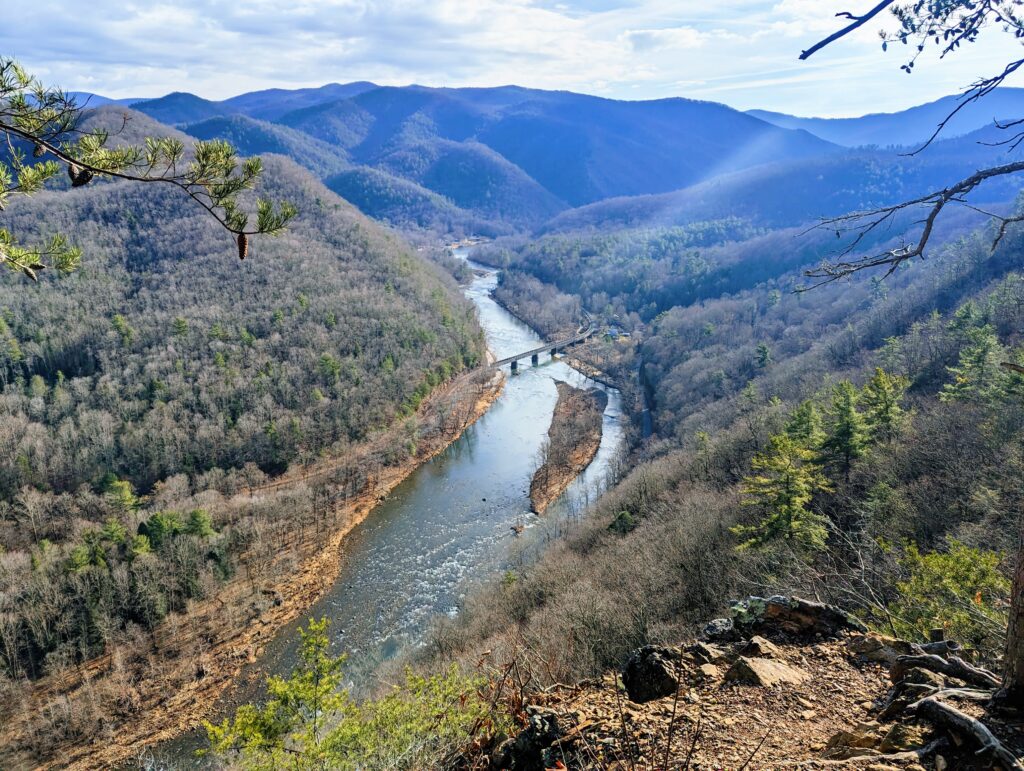
Chestoa – Nolichucky River
“This photo taken from the Appalachian Trail in Unicoi County, Tennessee, evokes the mix of natural and industrial resources that made southern Appalachia a key to understanding the physical and human geography of the American South. For decades southern Appalachia was rewound for its physical beauty and resources like timber, coal, and medicinal plants. This photo taken from the Chestoa Cliffs of the Appalachian Trail over the Nolichucky River near the town of Erwin, Tennessee highlights that natural beauty of the region and the importance of infrastructure and resource extraction to the economy of the region. It is common to see a coal train pass over this bridge taking resources from Appalachia to fuel the USA’s economy and prosperity while on a hike on the Appalachian Trail, which is a major draw for tourism in northeast Tennessee and surrounding regions through which it passes.”
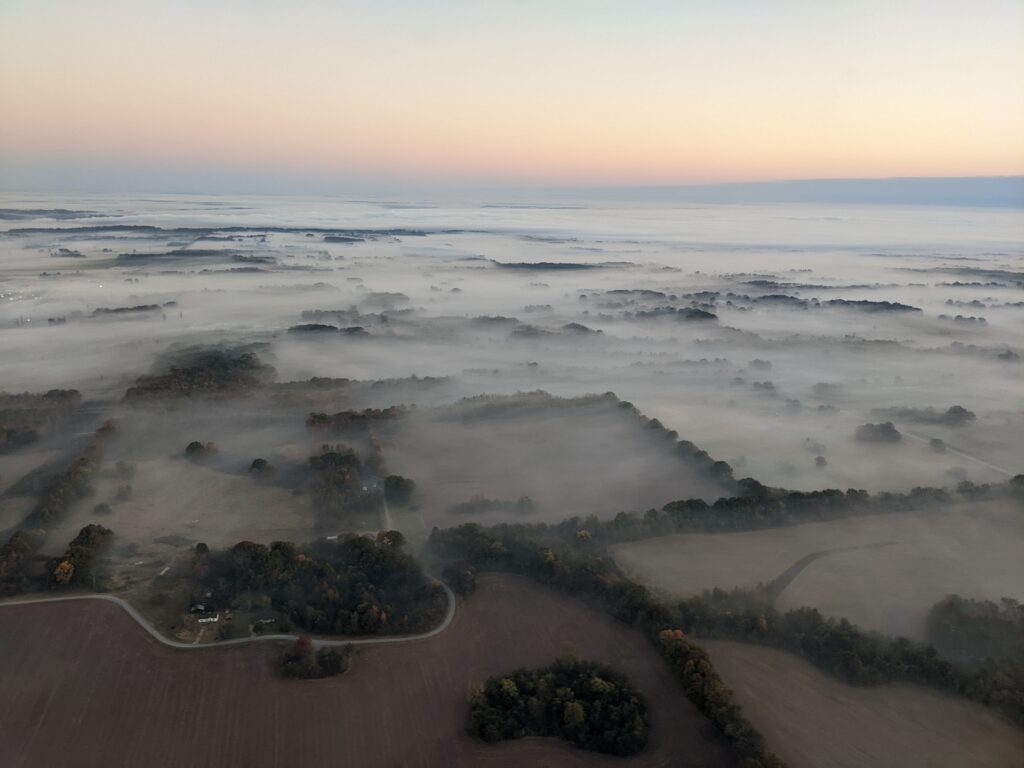
Fog, Tennessee River Valley, Muscle Shoals, Alabama
The Tennessee River flows across most of the northernmost part of Alabama. On cold winter days the Tennessee Valley in this area is subject to steam fog, which is formed when very cold air is blown by light winds over warmer river water, condensing water vapor to form fog—much like the steam over a hot drink. These fogs can be a hazard to aircraft and vehicles but usually do not last very long. From the air the fog appears almost like drapery over the tallest trees.
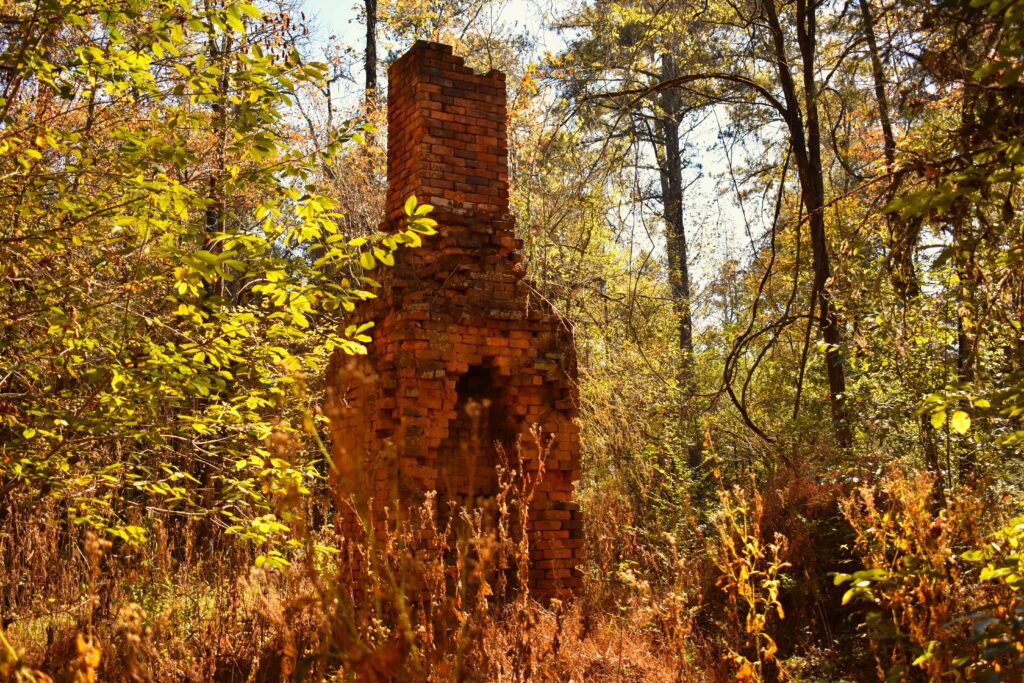
Scull Shoals: A Social, Ecological Framework of an Abandoned Mill Town
Located within the Oconee National Forest in Greene County, Georgia, Scull Shoals is home to a rich social-ecological history dating from Native American inhabitance to agricultural colonial settlements. The story of Scull Shoals is one of struggle. Native inhabitants and European settlers clashed as the Creek and Cherokee Tribes were systematically removed from and denied access to their lands (Williams, 1992). Eventually, settlers built a successful cotton farming operation and Georgia’s first paper mill using slave and incarcerated labor (Coulter, 1964b; Skarda, 2007). However, misuse of the landscape contributed to the demise of the settler’s booming town. The buried rapids of the Oconee River no longer supported water-powered mills, and flooding and fire sealed their fate. Today, Scull Shoals remains a historic site managed by the U.S. Forest Service where ruins of the past stand, open for individuals to hike and engage in place-based learning of 10,000 years of history.
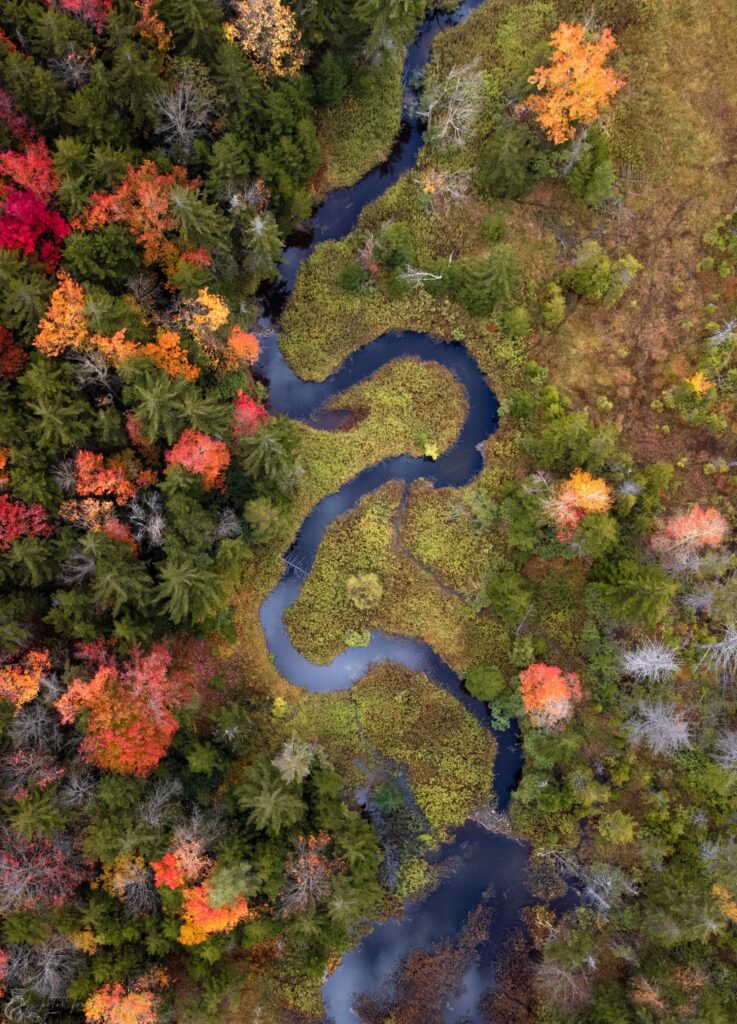
West Virginia Bog
This bog, atop Cheat Mountain in the West Virginia highlands, is a remnant ecosystem from subarctic influences in the high Appalachians. Nestled in the endangered spruce-fir and northern hardwood forests, these bogs only appear at the highest elevations and in the coldest pockets of the mountains. This biodiverse community at Red Run is inhabited by rhododendron, cranberries, laurels, ferns, orchids, and more predominantly herbaceous species. Captured at the peak of autumn color, the hardwood trees surrounding the bog are mainly composed of red maple, yellow birch, and mountain ash; all are surrounded by the dominant and dense red spruce forests. The photograph provides an overhead view of Red Run meandering through the bog on its way to join Shavers Fork and eventually the Cheat River through Monongahela National Forest.

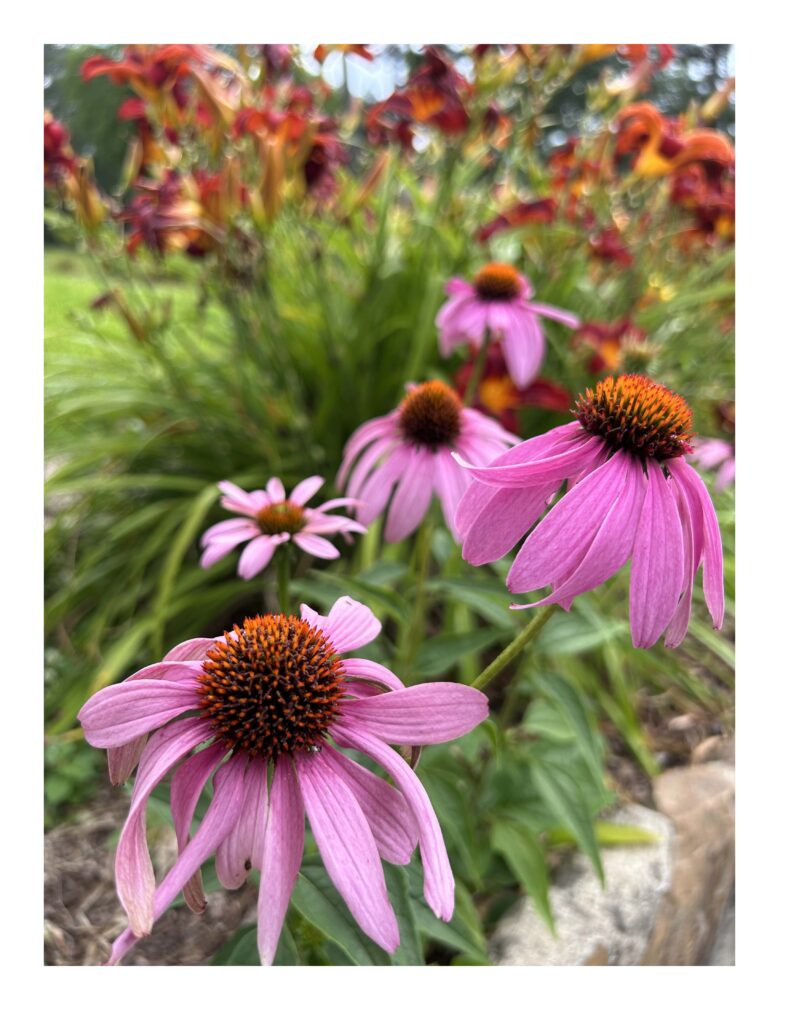
Purple Coneflowers at the Noccalula Falls Park and Campground in Gadsden, Alabama
This purple coneflower thrives in a flower garden located within Noccalula Falls Park and Campground, an ecotourism destination currently managed and owned by the City of Gadsden in Northeast Alabama. It’s worth noting that the presence of this purple coneflower, despite being on the lands historically stolen from the S’atsoyaha (Yuchi) and the Shawandasse Tula (Shawanwaki/Shawnee), is not a matter of irony. The existence of purple coneflowers today is a result of conservation efforts by Indigenous people, who are far too often left out of the conversation, and our knowledge of Echinacea purpurea is indebted to the stewardship and preservation of Indigenous people, culture, and their communities. This coneflower, the land it occupies, and the winding creeks and streams throughout the Appalachian Mountains’ foothills all serve as powerful symbols of the resilience exhibited by the S’atsoyaha and the Shawandasse Tula people.
